It’s a beautiful day in the apocalypse. The sun is shining, there is a lovely breeze in the air and no one has seen any Mutant Biker Zombies for weeks. Because it’s such a lovely day, your uncle Bob (who isn’t the sharpest tool in the drawer) grabs the sharpest tool from the tool shed and heads out to chop a little fire wood.
Things are going fine until Bob notices the pretty neighbor lady walking up the driveway. She smiles and waves. Bob smiles and waves and then goes back to chopping. Of course, he’s still watching the pretty neighbor lady out of the corner of his eye.
Maybe she’ll smile and wave some more. Bob likes that.
Unfortunately, while Bob is thinking about where in the apocalypse he could find some nice ribbon to wrap up some fire wood for the pretty neighbor lady, he fails to notice a knot in the log he’s chopping. The axe blade deflects off the knot and slices deeply into his leg.
From the house you hear a shout of pain. You run down to the wood pile to find Bob with a serious wound. What do you do now?
How will you stop the bleeding? How will you dress or close that wound? what will you do about infection and pain. The sad truth is, if you don’t know the answers to these questions, chances are pretty good that Uncle Bob won’t survive this accident.
The fact is that this sort of injury isn’t limited to the apocalypse. There are plenty of Uncle Bobs in the world to keep the ERs and Urgent Cares busy in the best of times. Even when it isn’t the apocalypse we can encounter these sorts of problems under circumstances when there is no doctor or emergency room to bail us out. What if you slash your hand badly while skinning out a deer on a hunting trip? What if you lose your footing on a steep hiking trail and land on a sharp stick? What if you are in the middle of nowhere and get bitten by a rattlesnake?
The day may come for any of us when knowing some basic first aid and wound management may make the difference between life and death. When that day does come, I’d recommend you have some basic knowledge and some basic tools to solve the problem.
As an herbalist and practicing veterinarian, I have the opportunity to address wounds on almost a daily basis. Some of those wounds are quite serious. Interestingly, if I were in the mountains facing a similar wound, many of the tools I’d use in my clinic would still be close at hand. Why? Because many of the tools I use on serious wound cases are plants. About anywhere I go I can find houndstongue (a wild cousin of comfrey) to accelerate healing as a poultice. I can find yarrow to stop bleeding and serve as an excellent anti-inflammatory and antibiotic. I can find mallow for a soothing wound dressing and internal medicine that has an amazing ability to prevent and reverse the early stages of gangrene. There is plantain to pull out venoms and toxins and barberry and Oregon grape to kill bacteria. There is skullcap for pain and anxiety. I can mix coneflower, plantain, dandelion and mallow for rattlesnake bites. I wouldn’t feel unprepared in these situations or like I was stuck using some sort of substandard substitute for “real medicine”. Why? Because these plants are actually my first choice for treating most of these sorts of cases even when I’m standing in my vet clinic next to a cupboard full of pharmaceuticals.
I recently put together a series of lessons called When There is No Doctor that contains 14 in-depth lessons on managing wounds and other illnesses. Then of course, there is our full program The HomeGrown Herbalist School which contains the No Doctor series as well as another 40 or so in-depth lessons on every herbal topic imaginable. Purchase of either program gives you lifetime access to the materials not to mention access to a mentor that actually uses these herbal medicines all day every day.
We also have a number of remarkable herb kits for wound management as well as several other applications. And, of course I ‘ve written a couple of books chock full of medicinal plants that can be found or grown about anywhere.
So, will you do what it takes to be truly prepared to be a blessing rather than a burden when the poo hits the fan? Will you be the person that can save someone’s life with weeds and flowers growing in your backyard?
I encourage you to fill your mind with herbal knowledge and fill your yard with medicinal plants. I encourage you to gather a few basic supplies and develop some skills that can really make a difference.
Someday Uncle Bob will thank you. Oh…and set aside some ribbon for him too. He really does like that neighbor lady.
Doc Jones
HomeGrown Herbalist School Of Botanical Medicine
This Week’s 2020 Preparedness Special:

The Ammo Can Wound And Suture Kit
The HomeGrown Herbalist Wound & Suture Kit contains herbal preparations and surgical instruments helpful in wound management. All the formulas were formulated by Dr. Patrick Jones. Have a look! 20% Off This Week Only!



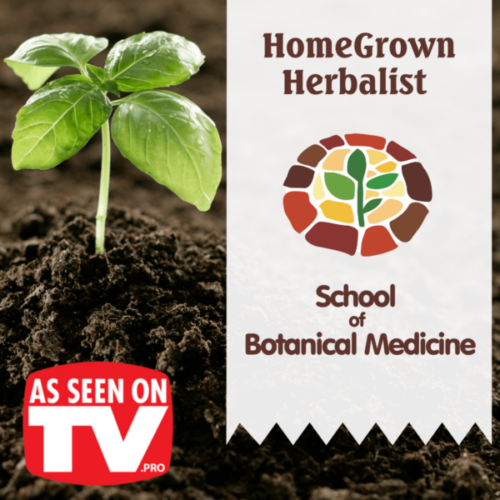
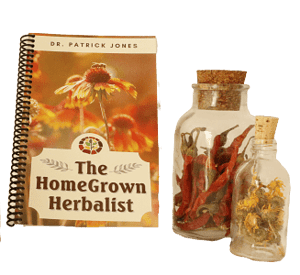

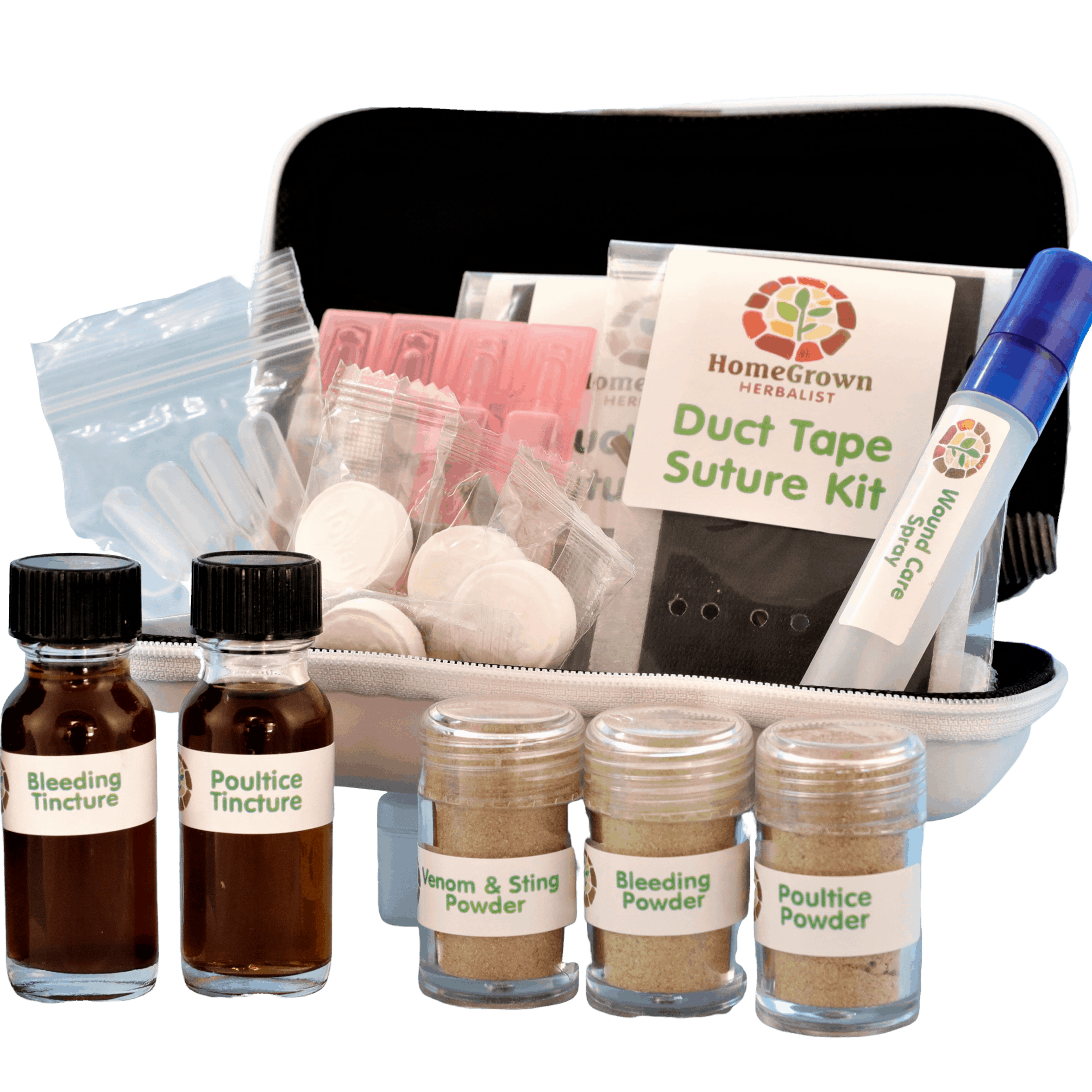
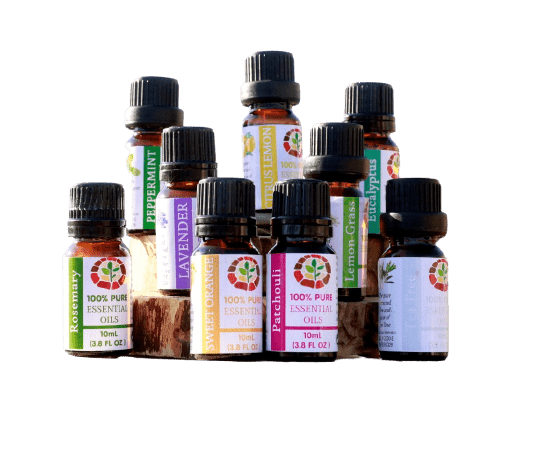

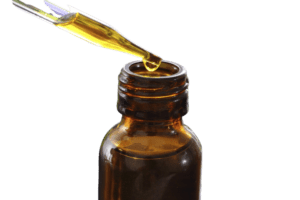
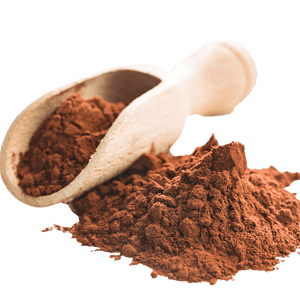
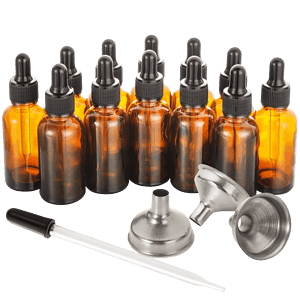
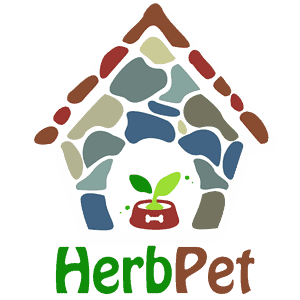

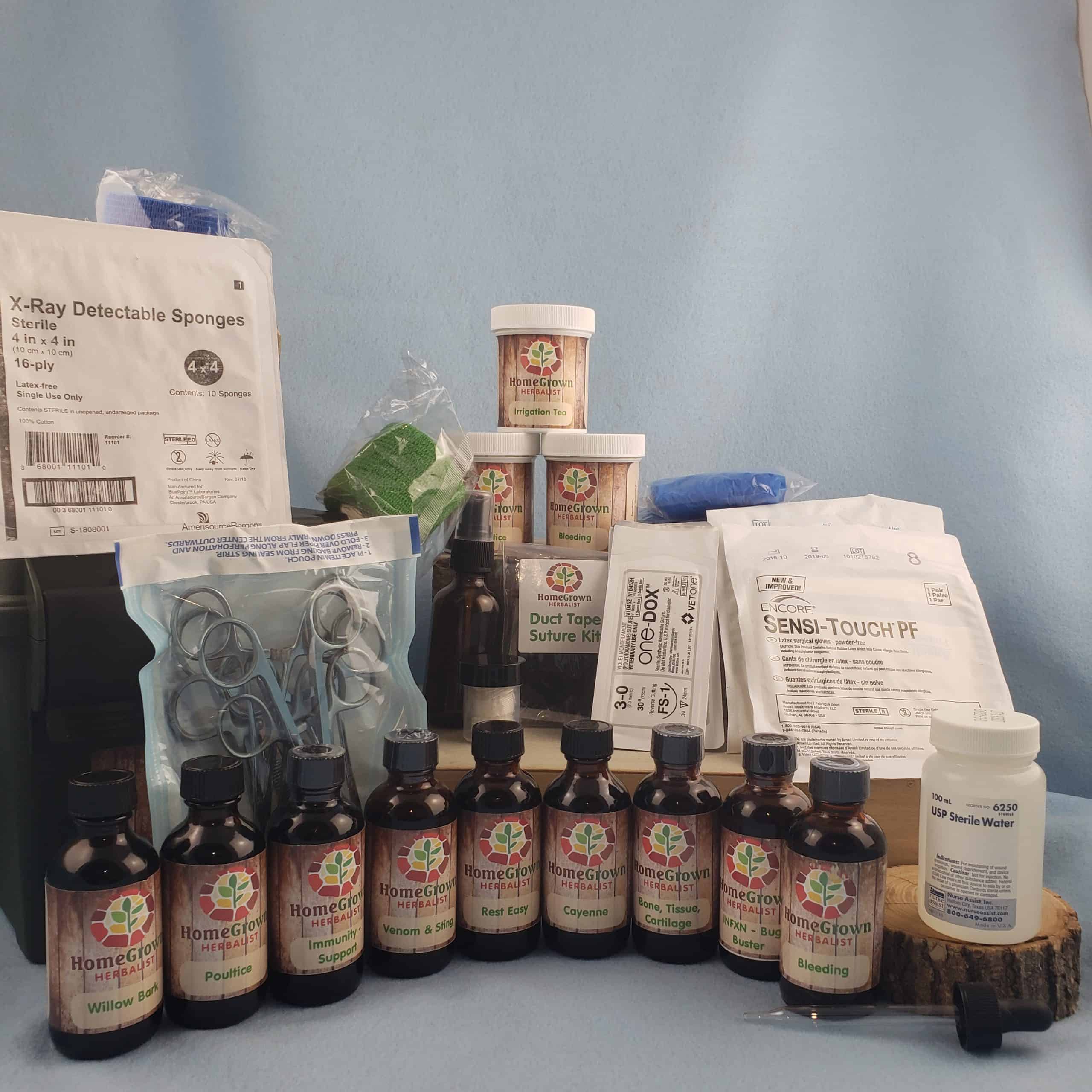
Doc, I just love you! (Don’t tell your wife). You never fail to make me laugh. I so appreciate your sense of humor. Thank you for the knowledge that you bring to us. I’m very grateful.
Thanks for reading Paula. Glad you enjoyed it.
Doc